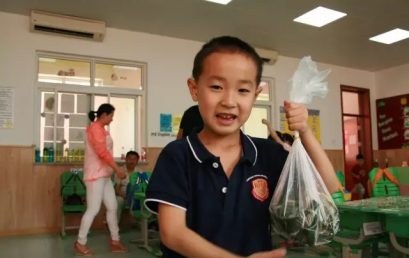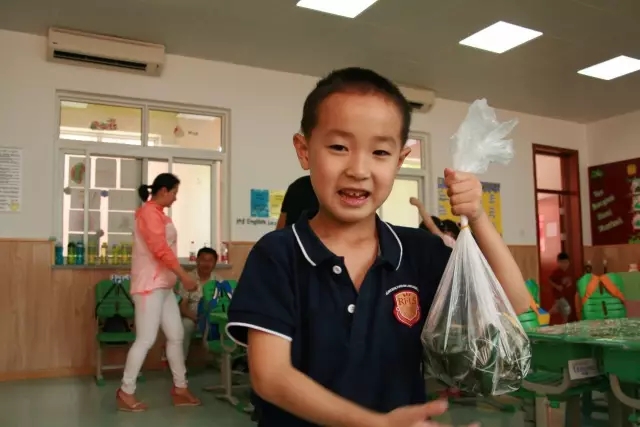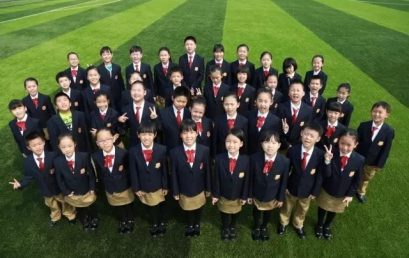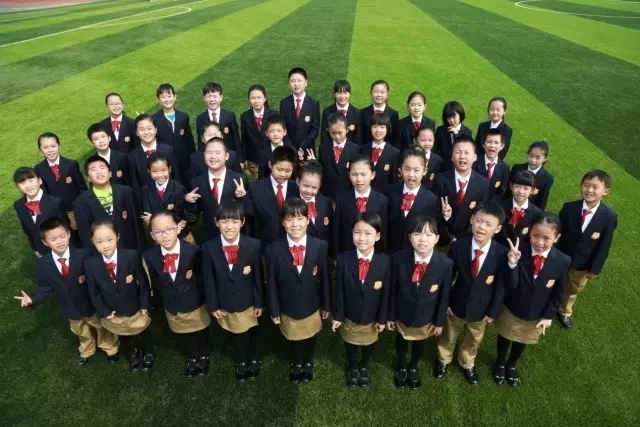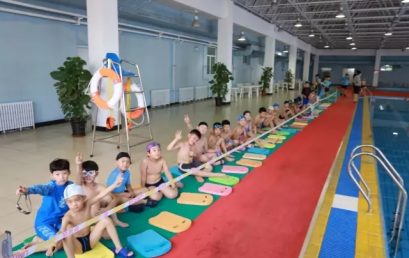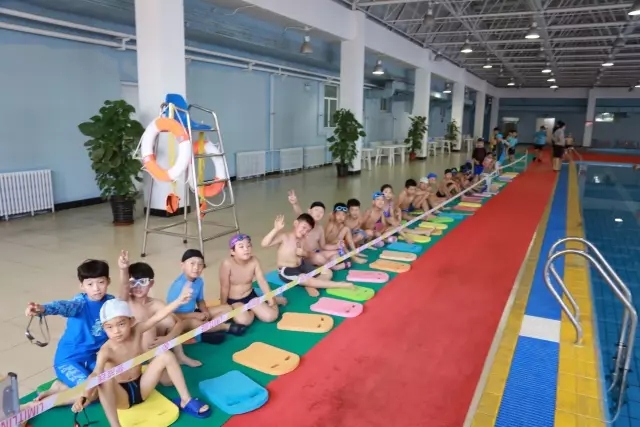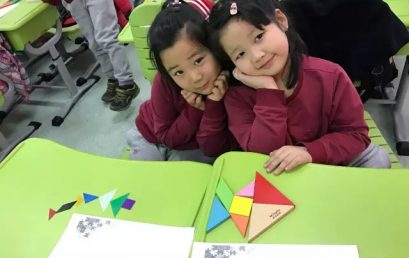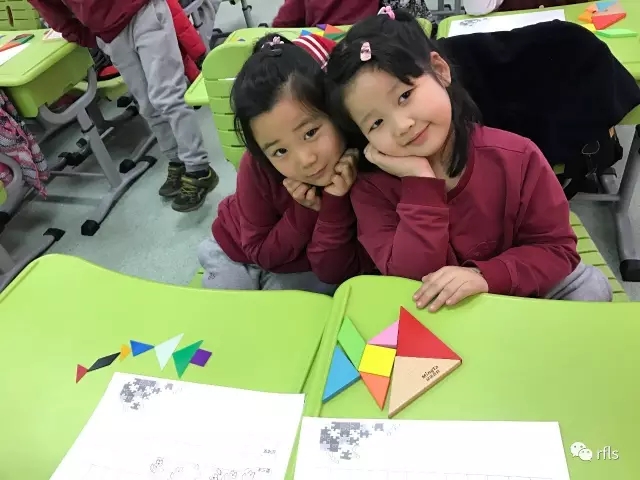
Can learning new things also be fun for students? The RFLS Bilingual Department has proven that learning about science can! On the sixth week of the second semester, The Bilingual Department put on a Science Carnival. The Carnival, which the department came up with last semester, would allow the students to do several different experiments in one class. The purpose of these experiments was to teach students many principles of science in a hands-on way that they would enjoy. The carnival took place in the science room, which the teachers arranged into five stations. Four teachers helped the students do experiments at their tables, while a fifth station had a photo booth. Students attended the carnival during their science class and split into groups. Each group got to go to every station for five to seven minutes. That way, all the students got to do all ofthe experiments and learn about several new science topics from the teachers.

The Carnival began on Monday, as classes from grades one and two visited. The Bilingual Department used different experiments for the higher and lower grades, based on how complicated the steps and concepts were. One experiment the lower grades loved was making square bubbles. Under the instruction of Christine, students used straws to construct a cubic frame that they could use to make square bubbles. Not only was this a fun way for the kids to play with bubbles, the experiment allowed them to practice their engineering skills and learn about building objects.

Another favorite of the lower grades was a phone made of cups and string. Tracy helped them to make their own string telephones, which the children used to talk to each other, even when they were outside of the room! The children were not only excited to communicate with one another, but they were also able to understand more about how sound works and travels through the string and other objects.
The younger students were amazed by the station with magic balloons. Grady showed the students what happens when we mix two house hold items, baking soda and vinegar,together. The students poured the baking soda into a balloon, and measured thevinegar into a bottle. Students then put the balloon on top of the bottle, and watched as the reaction caused the balloon to blow up. This reaction seemed like magic to some of the children, who were frightened and excited by the balloon. However, they learned that this was not magic, it was science! Some groups that used more ingredients learned that this caused the reaction to make the balloon larger.
Students love to make secret messages, and one station both the younger and older students explored was using invisible ink to write. At this station, teachers showed the students that they could use liquids such as lemon juice and vinegar to writeon a piece of paper. When the teacher held the paper over fire, the students learned that the acid in the lemon juice reacted first and their message appeared! Students loved seeing this science in action, and many were also able to practice their English and Chinese skills as well! This experiment was so well received the Bilingual Department chose to use it for both lower and higher grades.

One of the favorite experiments for the students in grades three to five was an experiment about density. Density can be difficult to visualize, but Victoria added colors to different liquids, including soap, oil, syrup, and water. Therefore, when students added the liquids together, they could see a rainbow. Students not only loved seeing the rainbow of colors, they also realized that these liquidsall had different densities, which made them separate. Even when mixed together, the liquids would separate again. Who knew science could be so beautiful?
Another hair-raising station the higher grades got to experience was one about staticelectricity. Although static electricity can be difficult to explain, it is easy to see! At this station, Rowell gave students balloons, which they then rubbed against materials such as wool, and their clothes. The students then discovered that this caused the balloons to repel each other, due to the staticelectricity. Several students then learned that holding the balloon near their head made their hair stand up. The students loved seeing each other with crazy hair styles, and enjoyed this lesson in static electricity.
At the finalstation, students saw that another type of electricity can do different things.Teachers told the students they will be learning about magnetism and making their own magnet. Students first wrapped a copper wire around a pair of scissors. When the wire was connected to a battery, the scissors became amagnet. Students used this magnet to pick up paper clips and other metal objects. The higher grade students were interested in the electricity, but also had fun enjoying the magnet that was the result of their experiment.
Overall, the Science Carnival was a huge success. Students learned about many scientific topics in a way they enjoyed.Many students said that the Science Carnival was their favorite class, and every student had a favorite experiment or station. The variety of topics appealed to all types of learners, and kept all the students active through out the whole class. The Bilingual Department worked hard to take all the classes from grade one to grade five to the carnival, with all teachers giving up their free periods to help the students with the experiments. Although it was a Science Carnival, the Social Studies teachers from the department, Jianan andChang, also spent a lot of classes working at the Carnival. The pictures of smiling students from the photo booth are proof that this was not only an interactive learning experience; it was a fun time as well!

